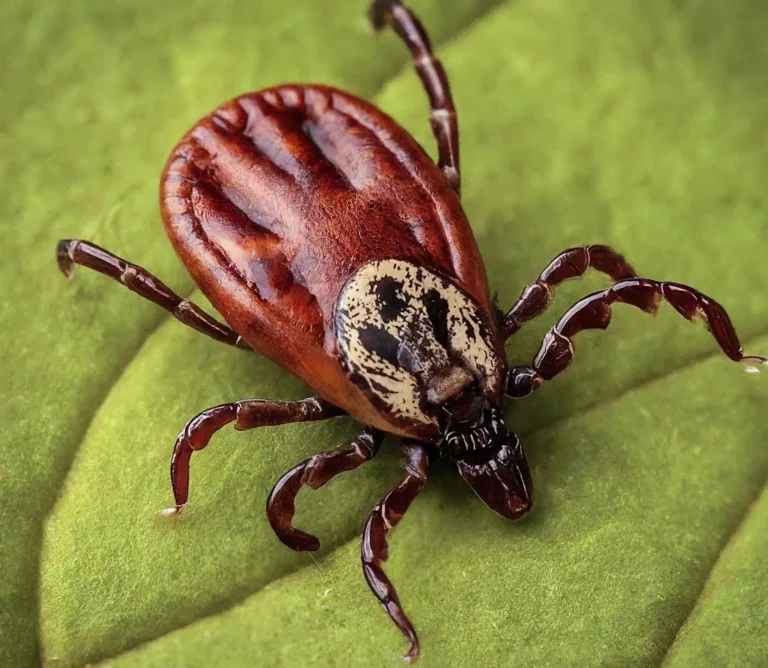Table of Contents
ToggleTicks—tiny creatures with a potent bite—are responsible for spreading various diseases, posing significant health risks. As outdoor enthusiasts or even just casual garden visitors, understanding and implementing tick bite prevention strategies is crucial. This comprehensive guide dives deep into the methods, from personal protective measures to innovative technologies, ensuring you’re well-armed against these parasitic threats.
Understanding Ticks: The Hidden Danger in Plain Sight
Ticks are more than just a nuisance; they’re vectors for diseases such as Lyme disease and Rocky Mountain spotted fever. These arachnids prefer warm, moist areas of the body and can be found lurking in grassy or wooded environments, waiting for their next host. Recognizing the types of ticks and their behavior is the first step in prevention.
The Lifecycle and Habitats of Ticks
The life cycle of a tick comprises four stages: egg, larva, nymph, and adult. Each stage requires a blood meal to progress, which can come from mammals, birds, reptiles, or amphibians. Understanding their lifecycle helps in identifying and targeting ticks at different times of the year.
Ticks’ habitats vary by species, but they generally thrive in wooded, bushy, or grassy areas. Creating a tick-safe zone in your yard by maintaining lawns, eliminating leaf litter, and using wood chips or gravel as barriers can significantly reduce tick populations.
The Health Risks of Tick Bites: A Call to Vigilance
Tick bites can transmit pathogens causing diseases with symptoms ranging from mild to severe. Early detection and treatment are paramount. Educating yourself and your loved ones about these risks and the importance of prompt medical attention can make a difference in health outcomes.
Diseases Transmitted by Ticks and Their Symptoms
Ticks are notorious for spreading Lyme disease, whose early signs include a bull’s-eye rash, fever, fatigue, and muscle aches. Other diseases, such as the Rocky Mountain spotted fever, present with similar flu-like symptoms but can escalate quickly without treatment.
Strategies for Tick Bite Prevention: Your Best Defense
Preventing tick bites is multifaceted, involving personal protection, environmental adjustments, and the use of repellents.
Personal Protective Measures
When venturing into tick-prone areas, wearing protective clothing is key. Long-sleeved shirts, pants, hats, and closed shoes can provide a physical barrier against ticks. Treating clothing with permethrin, a tick repellent, adds an extra layer of protection. Regularly applying EPA-approved skin repellents containing DEET or picaridin can significantly reduce the risk of tick bites.
Safe Clothing Choices
Opt for light-colored clothing to make it easier to spot ticks. Tucking pants into socks and shirts into pants creates a tick-proof seal, minimizing skin exposure.
The Role of Environmental Management in Tick Prevention
Modifying your environment plays a crucial role in deterring ticks. Simple landscaping techniques can make your property less attractive to ticks.
Landscaping to Deter Ticks
Keep the grass short and remove leaf litter, tall weeds, and brush around the home and at the edge of the lawn. Place a barrier of wood chips or gravel between grassy spaces and forested zones to limit the movement of ticks into play and leisure areas.
Natural Tick Repellents
Consider planting tick-repellent plants like marigolds, garlic, and lavender around your yard. These not only deter ticks but also enhance the beauty of your space.
Chemical Repellents: Balancing Efficacy and Safety
The use of chemical repellents is a practical approach to tick prevention. Products containing DEET, picaridin, IR3535, or oil of lemon eucalyptus have been proven effective. However, it’s crucial to use these products as directed to ensure safety, especially in children and sensitive individuals.
The Importance of Tick Checks: Your Post-Adventure Routine
After spending time in areas where ticks are common, performing thorough tick checks on yourself, your children, and pets is essential. This simple act can be the difference between health and illness. Knowing how to properly remove a tick is also crucial, as improper removal can increase the risk of disease transmission.
Protective Measures for Pets: Keeping Your Furry Friends Safe
Pets are not immune to tick bites and can also be carriers, bringing ticks into your home. Using veterinarian-approved tick prevention products and performing regular tick checks are vital steps in protecting your pets and, by extension, your household.
FAQs on Preventing Tick Bites
EPA-registered repellents containing DEET, picaridin, or oil of lemon eucalyptus offer the best protection against ticks.
Employ precision tweezers to securely grip the tick as near to the skin’s surface as you can, applying a consistent, smooth pull upwards.
Transmission risk increases the longer a tick is attached, typically requiring 24-48 hours before pathogens are transferred.
While natural repellents may offer some protection, they are generally less effective than EPA-registered chemical repellents.
Maintain your lawn, remove leaf litter, and create barriers with wood chips or gravel to deter tick migration.
Take Action Today to Protect Your Tomorrow
Preventing tick bites is an essential part of enjoying the outdoors safely. By incorporating personal protection strategies, making environmental adjustments, and staying vigilant about tick checks, you can significantly reduce your exposure to tick-borne diseases. Remember, the key to effective tick prevention lies in a proactive approach and regular practice of these measures.
If you find yourself overwhelmed by ticks or concerned about potential exposure, reach out to On Demand Pest Control. Our expertise extends beyond prevention, offering professional solutions tailored to your needs, ensuring your home and loved ones remain protected. Don’t let ticks take away your peace of mind—contact us today for a comprehensive approach to tick management and prevention.
On Demand Pest Control: Your Partner in Tick Prevention and Beyond
Experiencing tick-related concerns or other pest issues? On Demand Pest Control is here to help. Our team of experts specializes in safe, effective pest control solutions that protect your home, family, and pets. Serving a wide area, including Pembroke Pines, Pompano, Fort Lauderdale, Tamarac, and Cooper City, we’re your go-to source for all things pest control.
For more information or to request your free quote, Contact Us today and take the first step towards a pest-free peace of mind.




